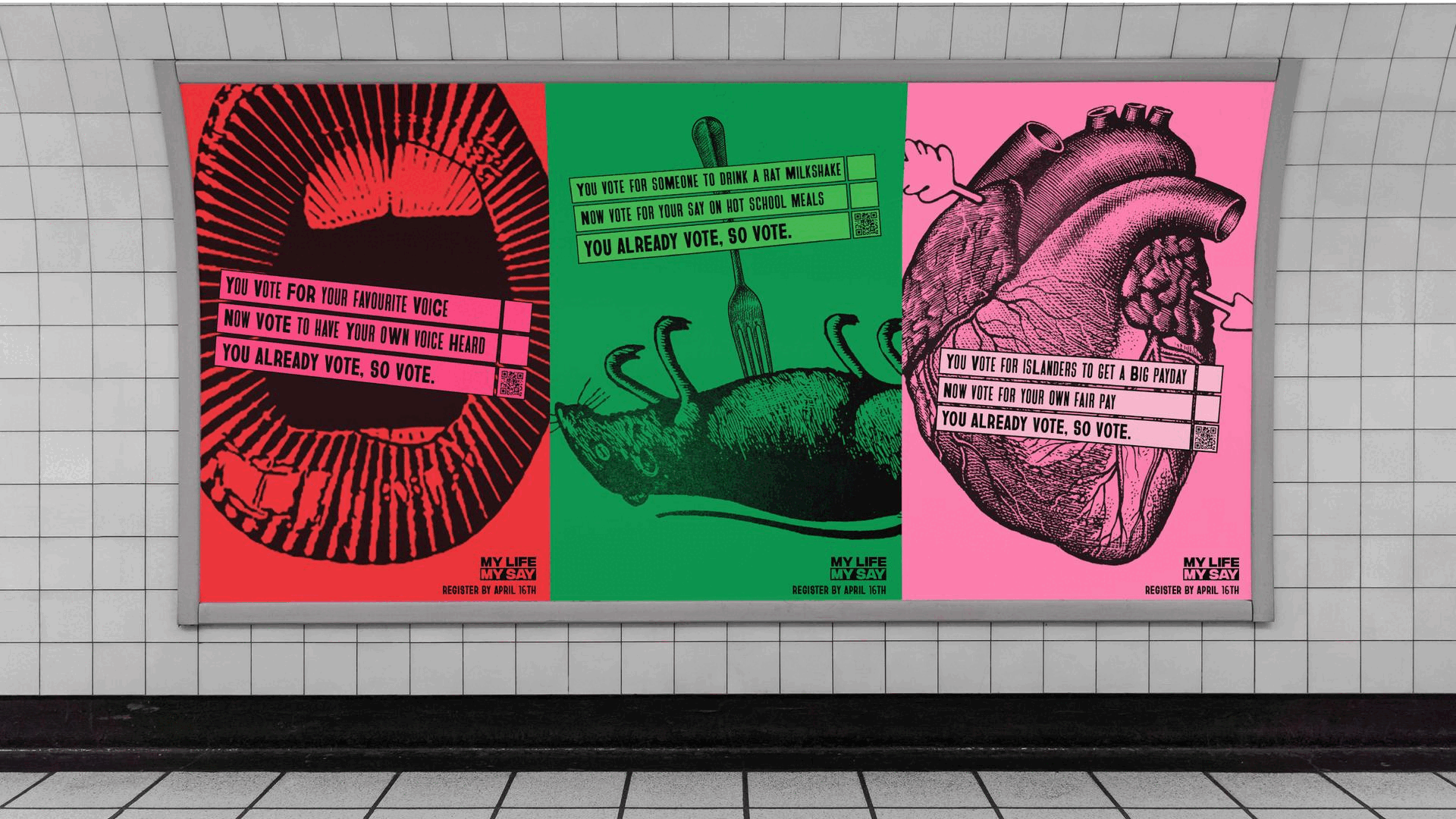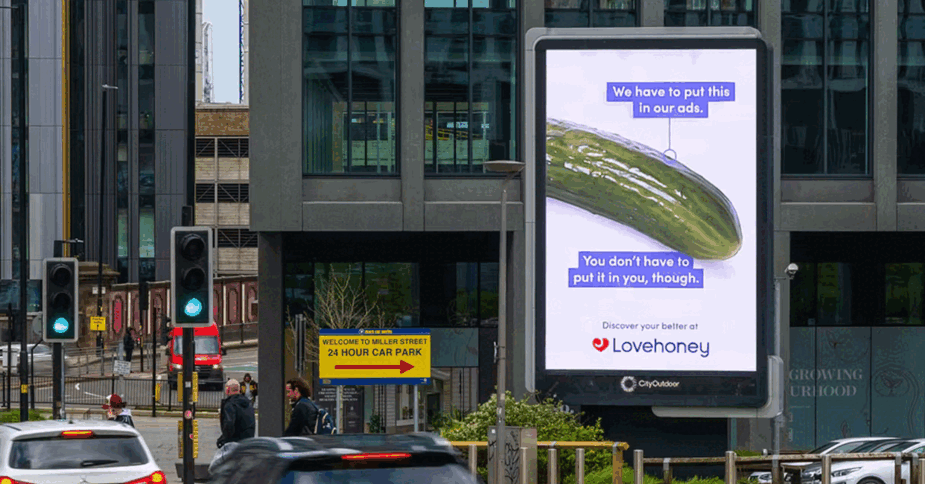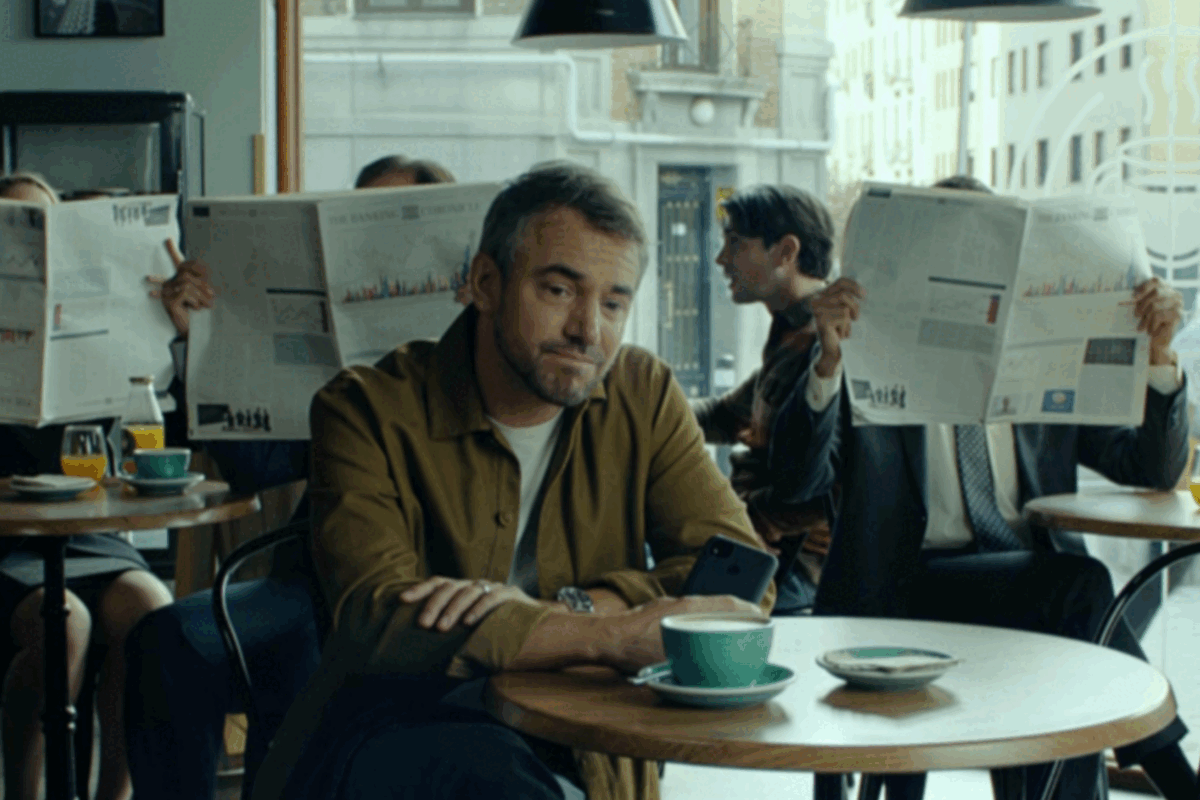 Rob Weisz, CEO at Fonix, asks if the industry needs a new approach to combat ad blocking
Rob Weisz, CEO at Fonix, asks if the industry needs a new approach to combat ad blocking
Last week’s Mobile World Congress saw a familiar parade of new mobile devices, connected cars and Virtual Reality headsets. In amongst the noise, however, one particular panel debate struck at the heart of an issue that has been playing out for some months – ad-blocking.
To give the issue some context, according to the latest quarterly review of ad blocking behaviour by the Internet Advertising Bureau (IAB) and YouGov (released on 1 March), 22 per cent of British adults are now using ad blocking software, up from 18 per cent in October. And elsewhere, a report by PageFair and Adobe estimates that ad-blocking cost advertisers $22bn (£15.5bn) in 2015.
Consumer fatigue
It’s a clear indication of growing consumer fatigue on how ads interrupt the user experience and mistrust on how their user data is shared. Yet somehow, content needs to be paid for. Perhaps it’s time for publishers to reprise the idea of the paywall?
There is clearly an appetite for an uninterrupted (by ads) user experience. The games market, for example, has experienced a rise of in-app gaming payments. You can conclude that consumers understand this value-exchange and will pay for good content that is free from marketing messages.
More mainstream publishers have also experimented with the paid-for model in an attempt to redress the balance. The New York Times, for example, installed a paywall back in 2013. And asking people to take out a paid subscription to view content has paid off, with 727,000 subscribers reported in the first quarter – earning the publisher more than its online advertising. While digital ads brought in $32.9m, the paywall raised $37.7m in 2013 – and the ratio has more-or-less stayed the same up to today.
Spontaneous browsing
While paywalls clearly have a place, however, there is a further consideration. Consumers also like to snack on content, browsing and consuming spontaneously, to meet a need that is felt in the moment. Adding in a layer of friction (payment) at the paywall needs to be achieved as a simple process – a no brainer. Filling in credit card details and entering personal information isn’t going to cut it: the time-poor consumer wants the content instantly, not after a lot of thumb work, especially on a small device.
Direct operator billing provides both an alternative revenue stream to advertising and effortlessly adds small transactions – micropayments – to the user’s phone bill. This chimes directly with business models that media companies are trying to exploit – to get consumers to pay small amounts of money for small bites of content.
Television companies face similar challenges: how to make money from a more pay-as-you-go kind of content consumption. Ad revenues on all but the main channels are being hit hard, yet online advertising can’t make up the shortfall. Charging for content, as in the newspaper world, seems the obvious answer, but is there a thirst among consumers for a pay-as-you-go model for TV content?
Sky’s launch of its streaming service, NowTV, back in 2012 has successfully tapped into this trend, demonstrating that there is a shift in consumer taste and demands. For TV companies, voice shortcodes and operator billing have long been the default way to serve up more of a snacking model, like voting on X-Factor or participating in a TV quiz. That logic is easily transferred to paying for the main event – the TV content itself – such as renting a film, watching a specific sporting event or paying for access for a defined period of time.
And why stop there with ‘traditional’ media? Netflix and Spotify have already launched a ‘pay by mobile bill’ play to offer access to content. Both of these are examples of ad-free services – paywalls – and both work extremely well.
If anything, the advent of ad blockers has shown us that online and on mobile, large sections of consumers dislike the ads that interrupt their user experience and eat up their data allowance. Yet somehow content needs to be paid for. What’s important is to take consumers on a journey, giving them a choice as to how they want to access that content.
You could now go on to read this excellent FT article on paywalls and The Independent going digital. But you’ll have to pay.
Rob Weisz is CEO at Fonix
















